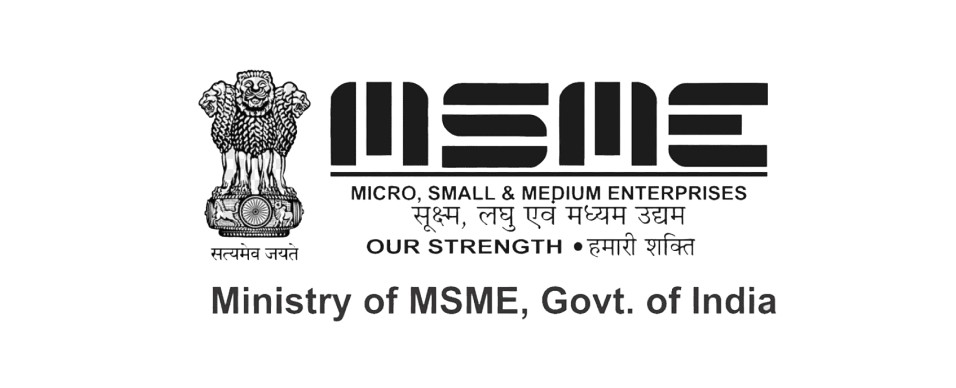In today’s competitive landscape, it’s not enough to build a website, but you need to ensure that it is performing at its best. Consider your website to be an employer that works 24/7. Naturally, you have to prep it up to excellently perform at all times.
Poorly crafted or optimized websites are not user friendly, exhibit slow loading time, incompatible with cross devices & browsers, and so on. As a result, the site’s bounce rate increases and conversion rate decreases. Further, all these inspire a negative impression of your brand. Take a look at the following sections to find out how to enhance your website’s performance. And if you find these too much technical, consider engaging professional website design services instead of trying amateur hands. Anyway, without further ado, let’s dive in.
Key Steps to Improve Your Website Performance
Reduce HTTP Requests
HTTP requests are used by web browsers to fetch different elements of a page such as images, scripts, and stylesheets. Each request has some overhead while establishing a connection between the web server and the browser.
Further, browsers usually have a limited number of parallel network requests. Therefore, if you have many requests piled up, some of them may get blocked.
The first step is to remove unnecessary requests. Consider the minimum number of HTTP requests required for rendering a website. Then, load only the essential external resources.
You should also eliminate any irrelevant images, stylesheets, JavaScript files, fonts, etc. If you use a CMS like WordPress, remove unnecessary plugins that load additional files on each page.
After trimming everything irrelevant, it’s time to optimize the rest of the elements. We will get to this later in the blog.
Use Content Delivery Network (CDN)
Content Delivery Networks use geographically distributed servers. That means the server closest to the site visitors will serve static files like CSS, fonts, images, and JavaScript.
Generally, while serving static files from your server, the loading time increases as the users are physically from the server. On using CDN, the loading time for images will remain the same regardless of wherever the user is connecting.
It supercharges your site’s performance. Other than offering a fast user experience, it also helps in anticipating site crashes in case of a traffic flood.
This blog will offer more insights into how to enhance website loading speed.
Optimize Images
These days, the use of graphics has heavily increased as they convey ample information in an engaging manner.
For instance, websites sometimes use images of 2x or 3x resolution so that these can be exhibited well on high-density retina screen displays. However, if the users don’t use a HiDPI display (High Dots Per Inch display – the one that consists of more pixels per square inch than a regular display), then you are wasting your bandwidth and increasing the loading time. Many visitors browse websites using mobile data or from remote locations with poor internet connectivity. You can imagine how your website will perform!
Therefore, compress your images without affecting their quality. Further, use the right file type while optimizing image size. For example, use JPEG for images with lots of colours and PNG for simple graphics.
Leverage Preloading Techniques
There are various preloading and prefetching techniques that you may use to inform your browser about which resource is required for rendering the page before the browser really needs these resources.
Here are a few performance optimization techniques practised by the experts at any reputed website development company:
DNS Prefetching: It is the process of resolving a website’s IP address even before the visitor clicks on the link. It seeks to solve latency issues related to DNS resolution such as the time it takes for your site’s domain name to be resolved to an IP address. It can significantly improve your site’s performance because when the browser needs to make a request for a resource, the DNS lookup for the specific domain has already taken place.
TCP Preconnect: It helps the browser to set up an early connection before an HTTP request gets sent to the server. This includes TCP handshakes, TLS negotiation, and DNS lookups. This eliminates roundtrip latency and saves time.
Prerendering: This is the process of preloading all elements on a page in preparation for a web crawler to find them. The prerender will send a cached version of the site to feature all images, JavaScripts etc. that are rendered statically. Naturally, this speeds up the site.
Prefetching: It allows websites to maximize performance and minimize waiting time by preloading resources that users will need later before they make a request. The browser will request the resources beforehand and store them in the cache for future reference.
Check out this blog on how to optimize page speed to meet Google’s latest update.
Reduce Time to First Byte
TTFB or Time to First Byte is the time it takes for the browser to receive the first byte of data from a server. Though it is a server-side concern, it also plays a crucial role in the overall site performance.
When it comes to TTFB, the main element under your control is the server processing time. Here are a few tips recommended by Google to enhance TTFB:
- Optimize the server’s application logic to render pages faster.
- Optimize how your server queries databases or migrate a quicker database system.
- Upgrade your server hardware to have more CPU capability or memory.
Select the Right Hosting Plan
There are three options for hosting service:
Shared: Here you share the resources of the server with other customers. If someone’s website receives a rush of traffic, the resources will be limited for supporting your site and the site may experience downtime.
VPS: Here, your website is sharing the server with other sites but each site lives in a secure container with resources like memory, CPU cores, disk space etc.
Dedicated: This is the most expensive of the lot. Here, the entire server will power your website. Needless to say that this is the most secure of them all.
These days, serverless computing or Cloud computing has given a break from all these. Here, the cloud provider allocates machine resources on demand and takes care of the servers. The best part of it is that it offers excellent scalability.
Minimize and Combine CSS, HTML, and JavaScript Files
Try to load CSS and JavaScript in a single request for each. You can accomplish it by minifying and combining distinct CSS and JS files into a single bundle.
Browsers can receive a limited parallel network request. Therefore, if your site needs 4 requests to load, it will be faster than loading 25 requests. Developers use various tools to combine multiple files. That way, they can leverage the benefit of a single bundle while deploying.
While minifying or optimizing the size of CSS and JavaScript files, remove and shorten symbols in the source code. First, minify CSS and JavaScript files and then combine them into single bundles.
These are some of the proven ways of boosting your website performance. Try these and you can see the difference these make!






